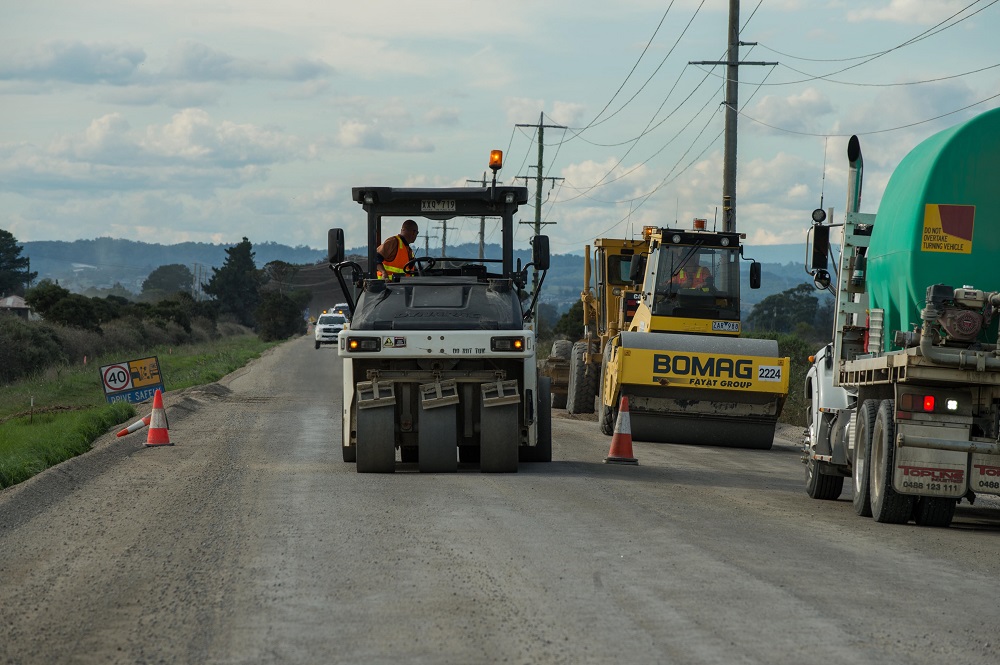How we plan our road maintenance works
How we plan our maintenance schedule
- This page outlines how we plan and prioritise our roadworks. We do this in accordance with our Road Management Plan (which meets the requirements of the Road Management Act).
- We're also making some important changes to the way we manage roads.
We respond to your feedback and act on the inspections we do
As part of our Responsive Program, we:
- inspect any road defects that you report to us within 5 business days on sealed roads and within 17 days on unsealed roads
- do other proactive inspections as needed.
Any roads needing repair are then scheduled into our road maintenance schedule.
We look at a road’s performance and maintenance history
To help us predict when a road will need works, we look at its performance and maintenance history.
The detailed information recorded when we do maintenance work on a road provides important information about:
- how often the road needs grading at any given time of the year
- the expected time it will take to do the works
- the expected nature of the works.
This information, along with an actual condition assessment if needed, helps us develop the maintenance schedule.
The schedule is constantly revised based on how our roads perform. This performance changes over time due to changes in weather, traffic volumes and as material from the road is lost due to rain, dust and vehicles driving on the road.
We consider the weather and conditions
Weather conditions can have a significant impact on an unsealed road’s performance.
When its dry and hot
Unsealed roads will tend to corrugate and emit dust. This is due to moisture within the road pavement surface being diminished, causing the road surface to become loose. Traffic movements cause this loose surface to corrugate. These corrugations get deeper with the braking and accelerating of vehicles.
When its wet
Defects commonly caused by wet weather include potholes, slippery surface and rutting. Generally these defects are caused by water being unable to flow freely off the road surface. Steep and low-lying flat areas within the shire can be particularly impacted.
We look at traffic volumes
Roads with the most traffic are generally prioritised for works as they usually wear more quickly.
- Roads with lots of traffic tend to develop more defects than roads with less traffic.
- Heavy vehicles such as trucks and buses can further increase defects.
Understanding traffic volumes is an important factor in developing Council’s grading maintenance program.
We plan the most efficient and cost-effective way to do the works
In planning our maintenance program, we are careful to ensure roads are scheduled in the most efficient manner, so that more roads can be worked on in less time.
We do this by:
- servicing roads from their nearest depot
- using GPS technology to plan our program in a logical way, to cut down on travel. However, sometimes we may move past roads that have works planned to get to higher priority locations more quickly.
As part of our regular maintenance, we operate 6 graders across Cardinia Shire.
We have just introduced an extra grader to help refurbish roads using new material and material recovered from the road and road reserve.

